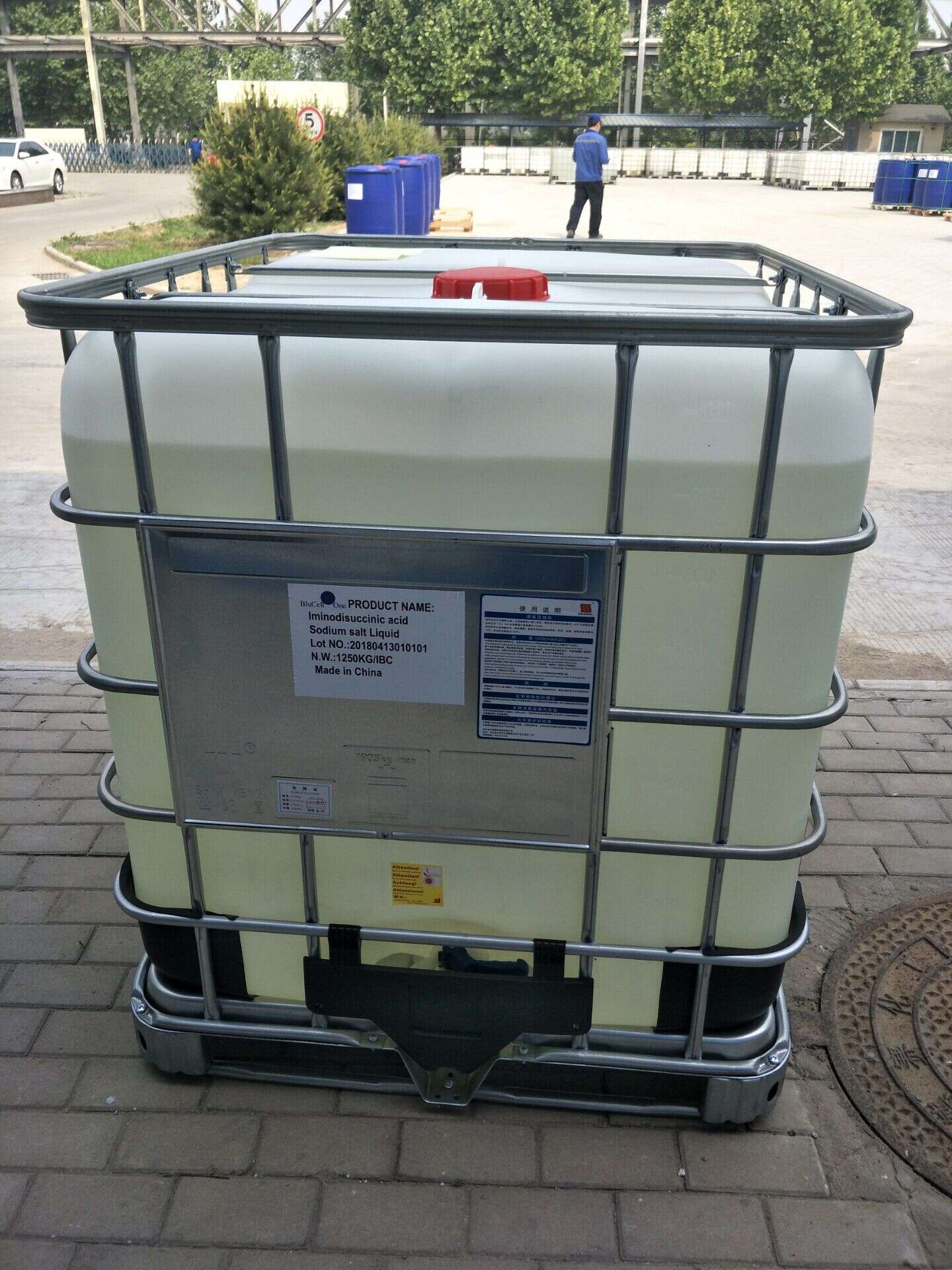-
Categories
-
Pharmaceutical Intermediates
-
Active Pharmaceutical Ingredients
-
Food Additives
- Industrial Coatings
- Agrochemicals
- Dyes and Pigments
- Surfactant
- Flavors and Fragrances
- Chemical Reagents
- Catalyst and Auxiliary
- Natural Products
- Inorganic Chemistry
-
Organic Chemistry
-
Biochemical Engineering
- Analytical Chemistry
-
Cosmetic Ingredient
- Water Treatment Chemical
-
Pharmaceutical Intermediates
Promotion
ECHEMI Mall
Wholesale
Weekly Price
Exhibition
News
-
Trade Service
According to the latest research report released by Markets and Markets, the global marine battery market is estimated to reach $250 million in 2020 and $812 million by 2025, with a compound annual growth rate of 26.
5%
during the period.
The implementation of the sulfur limit decree in 2020 and the increase in the conversion of passenger propulsion systems are the major factors
driving the growth in the demand for marine batteries.
At the same time, the growth of maritime trade on a global scale, maritime tourism, and the development of lithium batteries are also the driving factors
driving the growth of the marine battery market.
In terms of power, the 75-150 kW segment is expected to witness the highest CAGR growth
during the forecast period.
With national requirements for reduced or zero-emission transport systems, ships between 75 and 150 kW should consider using medium-sized passenger ferries
.
Under the MARPOL Convention on the Prevention of Pollution from Ships of the International Maritime Organization, from January 2020, the sulphur content in ship fuels needs to be reduced from 3.
5% to 0.
5%.
Countries such as Japan, New Zealand and Australia are also moving towards using battery-powered, all-electric ferries to transport passengers
.
Norway has incorporated all-electric and hybrid technology
into its ferries.
In terms of range, segments of 50-100 km are expected to achieve the highest CAGR
.
This segment includes inland container ships, small cruise ships, fishing vessels, and research vessels
.
For example, Norway's Yara Birkeland is an all-electric 120 TEU container ship that can travel 56 kilometers
.
Guangzhou Shipyard International Co.
, Ltd.
built another all-electric boat
in December 2017.
The vessel can travel up to 80km on a single charge, saving operating costs and fuel costs are the benefits that all-electric vessels bring to operators, but high capital expenditures and port development are major challenges
for shipbuilders.
From the perspective of regional market, the European marine battery market is expected to achieve the highest CAGR
from 2020 to 2025.
Europe will witness substantial growth
in the marine battery market during the forecast period.
International shipping is a huge and growing source of
greenhouse gas emissions.
As a result, the European Union and the International Maritime Organization have proposed regulations
on carbon dioxide emissions and sulphur content in fuels.
Awareness about carbon emissions is driving shipowners and integrators to switch from traditional diesel-powered engines to battery propulsion systems
.
The domestic transport industry in European countries is already experimenting with battery-electric thrusters, and this trend is expected to continue
.
According to the latest research report released by Markets and Markets, the global marine battery market is estimated to reach $250 million in 2020 and $812 million by 2025, with a compound annual growth rate of 26.
5%
during the period.
The implementation of the sulfur limit decree in 2020 and the increase in the conversion of passenger propulsion systems are the major factors
driving the growth in the demand for marine batteries.
At the same time, the growth of maritime trade on a global scale, maritime tourism, and the development of lithium batteries are also the driving factors
driving the growth of the marine battery market.
In terms of power, the 75-150 kW segment is expected to witness the highest CAGR growth
during the forecast period.
With national requirements for reduced or zero-emission transport systems, ships between 75 and 150 kW should consider using medium-sized passenger ferries
.
Under the MARPOL Convention on the Prevention of Pollution from Ships of the International Maritime Organization, from January 2020, the sulphur content in ship fuels needs to be reduced from 3.
5% to 0.
5%.
Countries such as Japan, New Zealand and Australia are also moving towards using battery-powered, all-electric ferries to transport passengers
.
Norway has incorporated all-electric and hybrid technology
into its ferries.
In terms of range, segments of 50-100 km are expected to achieve the highest CAGR
.
This segment includes inland container ships, small cruise ships, fishing vessels, and research vessels
.
For example, Norway's Yara Birkeland is an all-electric 120 TEU container ship that can travel 56 kilometers
.
Guangzhou Shipyard International Co.
, Ltd.
built another all-electric boat
in December 2017.
The vessel can travel up to 80km on a single charge, saving operating costs and fuel costs are the benefits that all-electric vessels bring to operators, but high capital expenditures and port development are major challenges
for shipbuilders.
From the perspective of regional market, the European marine battery market is expected to achieve the highest CAGR
from 2020 to 2025.
Europe will witness substantial growth
in the marine battery market during the forecast period.
International shipping is a huge and growing source of
greenhouse gas emissions.
As a result, the European Union and the International Maritime Organization have proposed regulations
on carbon dioxide emissions and sulphur content in fuels.
Awareness about carbon emissions is driving shipowners and integrators to switch from traditional diesel-powered engines to battery propulsion systems
.
The domestic transport industry in European countries is already experimenting with battery-electric thrusters, and this trend is expected to continue
.






